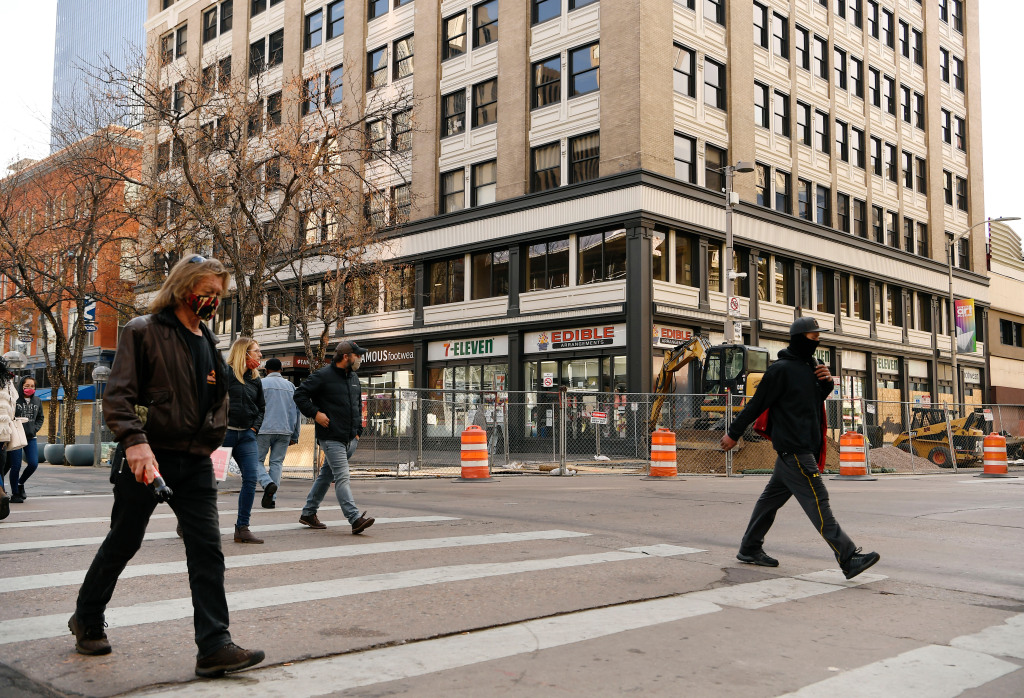Anxiety and depression have skyrocketed during the pandemic, with a 93% increase in people participating in anxiety screenings, according to Mental Health America.
The community-based nonprofit, founded in 1909, gathers and provides up-to-date data and information about “disparities faced by individuals with mental health problems,” according to its website.
Using information from over 1.5 million people who have participated in screening with the MHA from January to September 2020, this year’s report “spotlights” the impact of COVID-19.
Findings, according to the MHA, include:
- A 93% increase of “anxiety” screening participants in 2020 over 2019 with a 62% increase in “depression” screenings. In the 2020 timeframe, 315,220 people took the anxiety screen with 534,784 participating in depression screens.
- In September 2020, the rate of moderate to severe anxiety peaked, with over 8 in 10 people who took an anxiety and depression screenings scoring with moderate to severe symptoms.
- More people, 178,000, reported frequent thoughts of suicide and self-harm than have ever been recorded in the MHA Screening program since its launch in 2014.
In another, separate study, the United States’ average rate of depression or anxiety since the start of COVID-19 is 32.12%, according to QuoteWizard, with Colorado slighter lower at 31.5%.
From April 2020 to December 2020, the U.S. saw a 6.3% increase in anxiety and depression, QuoteWizard said. States that experienced the highest levels of stress also saw the highest levels of unemployment.
QuoteWizard analyzed mental health data from the Centers for Disease Control and Prevention (CDC) on states’ levels of reported anxiety or depression from April to December 2020 as part of its study.
In the MHA study, young people, ages 11-17, are “more likely than any other age group to score for moderate to severe symptoms of anxiety and depression. Rates of suicidal ideation are highest among youth, especially LGBTQ+ youth.”
From January to September 2020, 77,470 youth reported experiencing frequent suicidal ideation, including 27,980 LGBTQ+ youth, according to the MHA.
“While rates of anxiety, depression, and suicidal ideation are increasing for people of all races and ethnicities, there are notable differences in those changes over time,” the MHA said. “Black or African American screeners have had the highest average percent change over time for anxiety and depression, while Native American or American Indian screeners have had the highest average percent change over time for suicidal ideation.”
The MHA ranks states, and the District of Columbia, in a number of categories including and “overall” ranking. A lower ranking, No. 1 being the lowest, indicates “lower prevalence of mental illness and higher rates of access to care.” A higher ranking, 51 being the highest, “indicates higher prevalence of mental illness and lower rates of access to care.”
Compared to the rest of the nation, Colorado “overall” ranked a dismal 47, according to the HMA. In the “adult” data category, Colorado ranked 48 and in the “youth” category the state ranked 42. In the “prevalence of mental illness” category Colorado ranked 48. Colorado’s “access to care” fairs better with a ranking of 31.
Subscribe to bi-weekly newsletter to get health news sent straight to your inbox.
